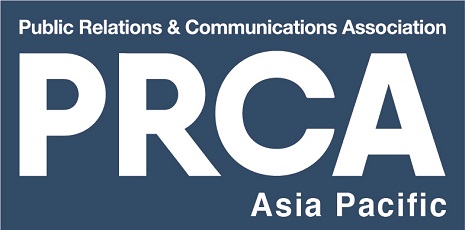Southeast Asia is not entirely out of the woods yet: While there has been a steady rollout of vaccines across markets (a great improvement from last year), the high number of Covid-19 cases is causing governments in the region to remain vigilant and exercise caution.
Restrictions continue to be part of the new normal, with work-from-home continuing to be the default working scheme for markets in Southeast Asia and pandemic fatigue on the rise.
The constant cycle of disruption and adaptation in the new normal has only given rise to a phenomenon called “pandemic fatigue” – which has led employees to experience heightened levels of anxiety and exhaustion amidst constant flux.
Work-from-home: boon or bane?
The pandemic lifestyle has only aggravated the feeling of exhaustion. Extra precautions have upended daily routines, leading many into a Covid-19 rut.
Industries had to adjust to new working cadences and work smarter. Besides the fact that not all employees have a full-office set-up at home, companies found that communicating through video calls and various messaging and cooperation apps only gets them that far when they want to interact with people and strengthen relationships with clients, colleagues and partners.
Blurred boundaries between work and personal life can serve as a double-edged sword. On the upside, employees don’t have to deal with traffic, which can be quite heavy in cities such as Jakarta and cause travel-related stress. Working from home allows parents to spend more time with their children and strengthen relationships with them. But on the flipside, working from home also presents employees with more distractions – as they cannot totally escape from personal obligations.
Transcending pandemic fatigue
High levels of stress only mean that employees and managers need to refine the way they work to better support each other. Leaders in organisations should create a safe environment where employees feel comfortable to share their personal issues; a space of open communication embedded with empathy.
Here are a few tips to combat pandemic fatigue within teams:
- Constantly check in with team members
When one’s on the verge of pandemic burnout, the best course of action is to have a discussion with one’s direct manager to address how he can work more effectively with him to lighten his emotional load. Unfortunately, most employees do not reach out to their managers to discuss personal issues due to perceived stigmas. Managers should try to change this culture by reaching out to team members and making time to do “sanity calls” with each and every team member. This reduces the probability of employees feeling isolated from the rest of their teams in a work-from-home setup.
- Pacing oneself
Employees should know when to hit the brakes, breathe, de-stress and recharge. Taking time off once in a while helps one refuel and reset mentally – which could go a long way towards improving focus at work and boosting productivity levels. It is unhealthy to be pushing yourself beyond limits as you can only do so much. When faced with a lot of stressors, employee productivity levels tend to go down. Take those much-needed off days – trust me: you’re doing yourself, as well as everyone in your team, a favour!
- Improving team culture
Internal engagement can serve as a driver to alleviate anxiety and cultivate trust amidst uncertainty. Pandemic burnout is real, so companies should focus on strengthening employee connections and building an empathic work culture above anything else. Work on understanding what your employees need – so they will feel empowered and supported in these uncertain times.
Keen on strengthening your internal communications as you work on creating a more empathic and inclusive work culture? Reach out to PRecious Communications‘ team of experts who can help shape your internal messaging to help support your employee engagement initiatives.



